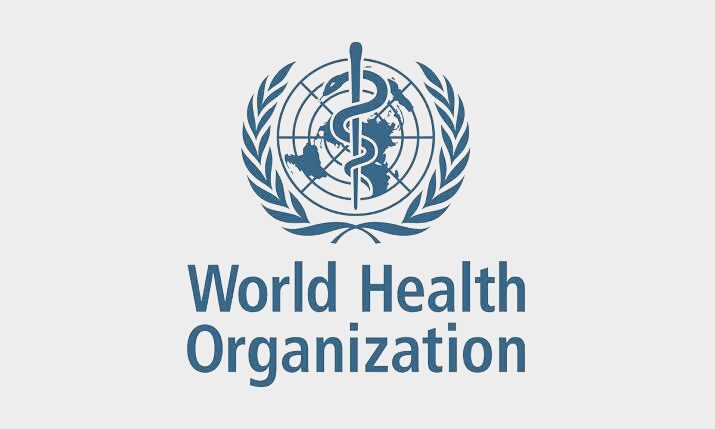MUMBAI, 24 JULY, 2020 (GPN): World Hepatitis Day is commemorated each year on 28 July to enhance awareness of viral hepatitis, an inflammation of the liver that causes a range of health problems, including liver Cancer. The disease causes inflammation of the liver and takes around 1.4 million lives every year. 290 million people across the globe are living with viral hepatitis uninformed. Without finding the undiagnosed and associate them to care millions continue to suffer and lose their lives.
There are five main strains of the hepatitis virus – A, B, C, D and E. Together, hepatitis B and C are the most common cause of deaths, with 1.3 million lives lost each year. Amid the COVID-19 pandemic, viral hepatitis continues to claim thousands of lives every day.
About Hepatitis A
It is caused by eating and drinking contaminated food or water as well as eating uncooked or row food.
Signs of Hepatitis A include; Yellow discolouration of the skin and eyes, dark urine, extreme body weakness, nausea, vomiting and abdominal pain.
It can be treated by rehydrating and self-limiting hence no need for medication. Hepatitis A can be prevented by washing hands frequently with clean water and soap, cooking food well before eating it, as well as washing fruits before eating.
Hepatitis B
This type is transmitted through contact with blood or body fluids of an infected person, sharing sharp objects like needles, razor blades or toothbrushes and the signs are those similar to Hepatitis A.
Vaccination for Hepatitis B is available for children in the routine immunization programme at 6, 10 and 14 weeks, as well as for adults who test negative.
Hepatitis B can be treated beginning with regular monitoring tests for signs of liver diseases, asking one’s doctor to assess and decide on whether treatment should be given and regular monitoring. (Hepatitis B treatment is chronic care).
Hepatitis C
This is transmitted through contact with blood or body fluids of an infected person, sharing sharp objects like needles, razor blades or toothbrushes and some of the signs are similar to those for Hepatitis A and B. With Hepatitis C, an infected mother can pass the virus to her baby during childbirth.
There is no virus for Hepatitis C but if found positive, a patient is advised to see their medical doctor to assess and decide on how the treatment is given.
Hepatitis D
Transmission of this type occurs to those who are already infected with Hepatitis B, with the mode of transmission being the same.
Signs that one is infected with Hepatitis D are similar to those of Hepatitis A, B and C, and once one is vaccinated for Hepatitis B, they cannot get infected with Hepatitis D.
Hepatitis E
This is a type that is transmitted through eating and drinking contaminated foods or water and uncooked or raw vegetables, and for one to know that they are infected, they would have signs like; yellow discolouration of the eyes, dark urine, extreme body weakness, nausea, vomiting and abdominal pain.
There is no vaccine for Hepatitis E but its treatment is through supportive management of the disease between the patient and medical personnel.
Hepatitis E can be prevented through vaccination, washing of hands with clean water and soap, proper disposal of faecal matter, cooking food well before eating, and washing fruits thoroughly before eating.
For Hepatitis B, C and D, in addition to the acute damage caused, the illness progresses to chronic foam (long-lasting damage.)
“Chronic Hepatitis may grow to cause major malfunctioning of the liver; liver cirrhosis, where the liver dries up, liver failure, where many functions of the liver cannot function, including clotting, and liver cancer, where one gets abnormal growth of liver cells which also ultimately result into the malfunctioning of the liver, with potential to spread,” says WHO spokesperson
This year’s theme is “Hepatitis-free future,” with a strong focus on preventing hepatitis B among mothers and newborns. On 28 July, WHO will publish new recommendations on the prevention of mother-to-child transmission of the virus.
According to the World Health Organization (WHO), after tuberculosis, the second major killer infectious disease is Hepatitis. If diagnosed on time and treated with care the disease can be stopped from turning fatal. Spreading awareness and being informed about the disease is the only way to stop it.
WHO is calling on all countries to work together to eliminate viral hepatitis as a public health threat by 2030
PREVENT infection among newborns. All newborns should be vaccinated against hepatitis B at birth, followed by at least 2 additional doses.
STOP TRANSMISSION from MOTHER to CHILD. All pregnant women should be routinely tested for hepatitis B, HIV and syphilis and receive treatment if needed.
LEAVE NO ONE BEHIND. Everyone should have access to hepatitis prevention, testing and treatment services, including people who inject drugs, people in prisons, migrants, and other highly-affected populations.
EXPAND access to testing and treatment. Timely testing and treatment of viral hepatitis can prevent liver cancer and other severe liver diseases.
MAINTAIN essential hepatitis services during COVID-19. Prevention and care services for hepatitis – such as infant immunization, harm reduction services and continuous treatment of chronic hepatitis B – are essential even during the pandemic.


Be the first to comment on "World Hepatitis Day (28th July 2020) Know everything about the types and the disease: WHO"